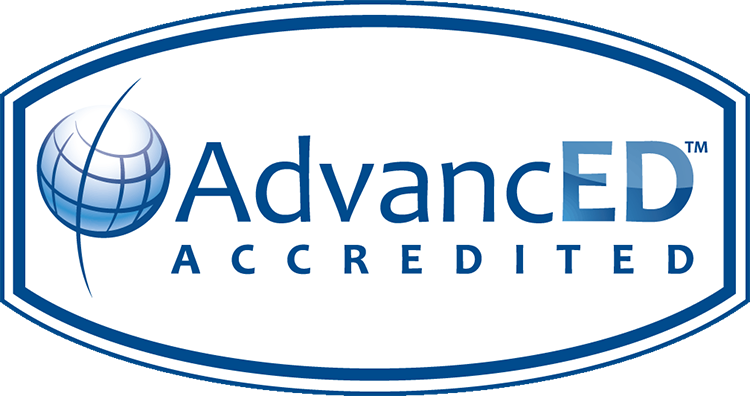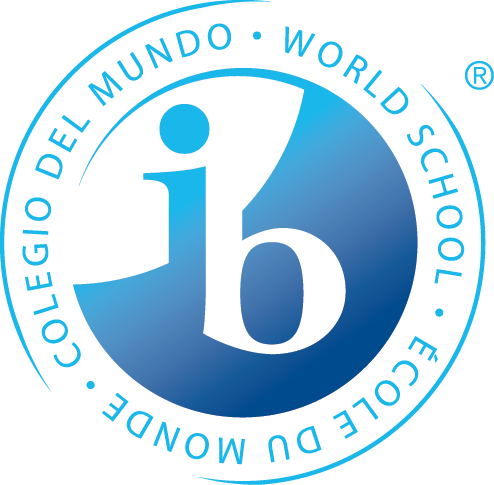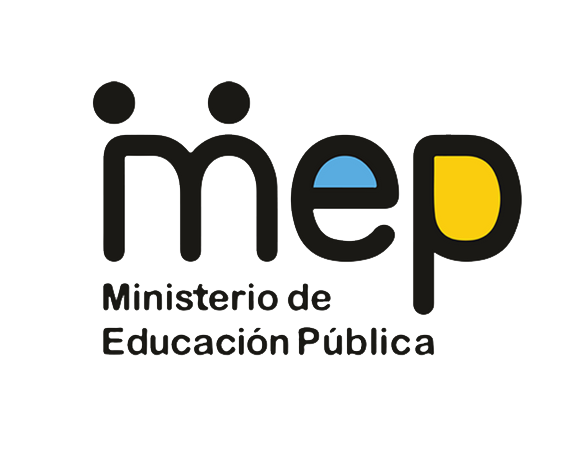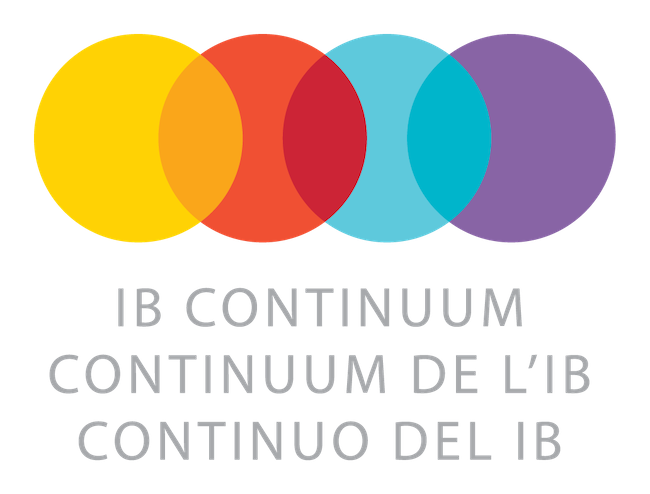IB Diploma Programme (DP) Assessment
The IB Diploma Programme (DP) is a two-year assessed program for students typically between the ages of 16-18 recognized as a premiere leaving qualification for universities across the world. The DP is philosophically aligned with the preceding academic programs at Lincoln, which draw upon the characteristics of the IB Learner Profile and pedagogical approaches that support Approaches to Learning (ATL).
The DP at Lincoln seeks to develop students who:
- have excellent breadth and depth of knowledge
- flourish physically, intellectually, emotionally and ethically
- study at least two languages
- excel in traditional academic subjects
- explore the nature of knowledge through the programme’s unique theory of knowledge course
Higher Level and Standard Level
Students select 3 subjects from the Higher Level (HL) and 3 subjects from the Standard Level (SL). HL subjects are studied at greater depth and take up considerably more time for students in the DP. HL subjects involve a minimum of 240 teaching hours, while the minimum for SL subjects is 150 teaching hours. Students typically select HL subjects related to their greatest interest or the subjects that will most prepare them for their future path of study in university.
• External assessment
Examinations form the basis of the assessment for most courses. This is because of their high levels of objectivity and reliability.
They include:
- essays
- structured problems short-response questions
- data-response questions
- text-response questions
- case-study questions
- multiple-choice questions – though these are rarely used.
• Internal assessment
Teacher assessment is also used for most courses.
They include:
- oral work in languages
- laboratory work in the sciences
- investigations in mathematics
- artistic performances.
The DP at Lincoln follows the grading scale established and supported internationally by the International Baccalaureate Organization (IBO). Teachers develop assessment tasks based on the components of their subjects in order to reach determinations about achievement. Each subject relies on rubrics from their official guide to create authentic assessments aligned with the IBO.
While every DP subject has slightly different parameters for the individual assessment tasks, each subject uses a scale of 1 to 7 for reporting final grades. A complete description of this scale is offered below.
*(It should also be noted that individual subjects use points from rubrics as outlined in the IBO guides. In many cases, individual assessment tasks will use ‘raw marks’ that are specific to the subject and component. These grades then get converted to the grading scale from 1 to 7. Reporting documents and assessment information reported in ManageBac will often include both the raw mark and the grading scale from 1 to 7. The official conversion is provided by the IBO and is unique to each subject).
Grade Descriptors
7. The student demonstrates excellent content knowledge and understanding, conceptual and contextual awareness and critical, reflective thinking. Highly effective research, investigation and technical skills are evident, as is the ability to analyse, evaluate and synthesize qualitative and quantitative evidence, knowledge and concepts to reach valid conclusions or solve problems. Responses are highly insightful, accurate, clear, concise, convincing, logically structured, with sufficient detail, precise use of appropriate terminology and with appropriate attention to purpose and audience. Responses are creative, make very effective use of well-selected examples, demonstrate awareness of alternative points of view and provide clear evidence of intercultural understanding.
6. The student demonstrates very good content knowledge and understanding, conceptual and contextual awareness and critical, reflective thinking. Competent research, investigation and technical skills are evident, as is the ability to analyse, evaluate and synthesize evidence, knowledge and concepts. Responses are mainly accurate, clear, concise, convincing, logically structured, with sufficient detail, using consistent terminology and with appropriate attention to purpose and audience. Responses show creativity, make effective use of examples, demonstrate awareness of alternative points of view and provide evidence of intercultural understanding.
5. The student demonstrates sound content knowledge and understanding, good conceptual and contextual awareness and evidence of critical, reflective thinking. Research, investigation and technical skills are evident and sometimes well developed. Analytical ability is evident, although responses may at times be more descriptive than evaluative. Responses are generally accurate, clear, logically structured and coherent, with mainly relevant material, using suitable terminology, and are sometimes well developed. Responses show reasonable creativity, use of examples, awareness of audience and evidence of intercultural understanding.
4. The student demonstrates, with some gaps, secure content knowledge and understanding, some conceptual and contextual awareness and some evidence of critical thinking. Research, investigation and technical skills are evident, but not thoroughly developed. Analysis is generally valid, but more descriptive than evaluative. The student solves basic or routine problems, but with limited ability to deal with new or difficult situations. Responses are mostly accurate and clear with little irrelevant material. There is some ability to logically structure responses with adequate coherence and use of appropriate terminology. Responses sometimes show creativity, and include some awareness of audience and evidence of intercultural understanding.
3. The student demonstrates basic knowledge and understanding of the content, with limited evidence of conceptual and contextual awareness. Research and/or investigation is evident, but remains undeveloped. There is some ability to comprehend and solve problems. Responses are only sometimes valid and appropriately detailed. There is some expression of ideas and organization of work and basic use of appropriate terminology, but arguments are rarely convincing. Responses lack clarity and some material is repeated or irrelevant. There is limited creativity, awareness of context or audience and limited evidence of intercultural understanding.
2. The student demonstrates little knowledge or understanding of the content, with weak comprehension of concepts and context and little evidence of application. Evidence of research and/or investigation is only superficial. There is little ability to comprehend and solve problems. Responses are rarely accurate or valid. There is some attempt to express ideas, use terminology appropriate to the subject and organize work, but the response is rarely convincing. There is very little creativity, awareness of context or audience and little evidence of intercultural understanding.
1. The student demonstrates very rudimentary knowledge or understanding of the content, with very weak comprehension of concepts and context. Ability to comprehend and solve problems or to express ideas is not evident. Responses are rarely accurate or valid. Organization is lacking to the point that responses are confusing. Responses demonstrate very little to no appreciation of context or audience, inappropriate or inadequate use of terminology, and little to no intercultural understanding.
N/A. Not Yet Assessed
Report Card Explanation
How to Log in and Switch Students
Viewing the Calendar
Viewing Messages
Viewing most recent tasks (academic overview)
Viewing grades/feedback for recent tasks – DP classes 11th grade
Viewing all tasks in one class (Individual class overviews)
Viewing all grades for every class – DP 11th grade
Viewing Units
Viewing unit overviews on ManageBac








